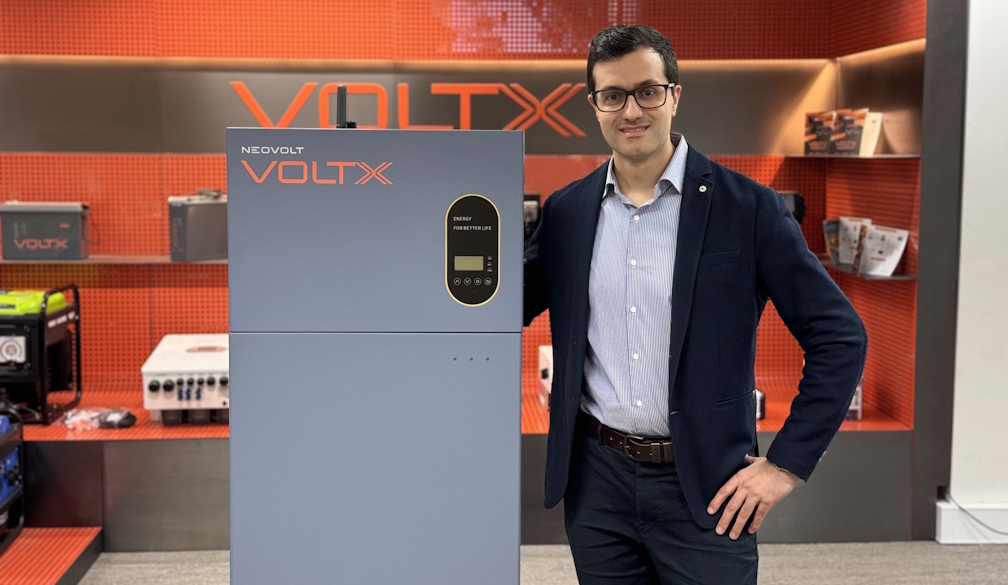Retiring with debt? Experts explain downsizing, using super for your mortgage, and pension eligibility
- Written by Kathleen Walsh, Professor of Finance, University of Technology Sydney

About 36%[1] of homeowners still have a mortgage when they retire, up from 23% a decade ago.
This increase in mortgage debt is due to soaring property prices, changes in retirement ages[2] and easy access to drawdown equity loans[3] (where you use your home as security to get a loan, which can be used to fund travel, medical costs and other expenses).
So, what are the options for homeowners who carry debt into retirement?
Option 1: keeping the home and the debt
If you keep the family home in retirement, you get to own a property and can still receive the age pension[5].
For example: Jackie has a home worth A$2 million with a $200,000 mortgage. She also has $800,000 in superannuation. She is 67 but is not eligible for the age pension because her assessable assets[6] – her super – is above the $695,500 cut off.
If Jackie takes $200,000 from her super and repays the outstanding mortgage debt, she will save on interest and principal repayments for the next ten years. She will also reduce her assessable assets by $200,000. This makes her eligible for a part pension.
So while Jackie has less super, she gets to receive a pension and gets all the subsidies associated with being a pensioner.
Option 2: downsizing to clear the debt
Downsizing can extinguish any remaining debt, and can free up money for holidays, restaurants and the good life in retirement. It also enables a move to a more age-friendly home or apartment.
And the government does provide a superannuation incentive via the downsizing contribution[7].
This allows homeowners over 55 who have lived in their home for more than ten years to make a one-off contribution of $300,000 (singles) and $600,000 (couples) to their super, using money from the sale of their home.
But when a person reaches pension age, currently 67, any money in super will be included in the government’s assessment[8] of your financial assets and income. It could mean you don’t qualify for a pension or pensioner subsidies.
Of the approximately 2.6 million who receive a part or full the age pension, only 78,000 people[9] have taken up this initiative. That begs the question if this option really does create a true financial downsizing incentive.
Think again of Jackie, the woman with the $2 million home and the $200,000 in mortgage debt. Say she decides to sell her home and move to a smaller house close to family and friends. This will incur about $40,000 in selling and marketing fees, and stamp duty of around $62,000 on her new $1.4 million apartment.
Downsizing leaves her with $1.1 million in financial assets (after transaction costs), which means that Jackie is not eligible for the pension.
While she’ll be able to fund a comfortable lifestyle, this decision to downsize may not be as attractive as keeping the house.
The decision to sell and move has cost her an extra $100,000 in transaction costs and her pension.
So, people need to think carefully about downsizing. It can allow people to move closer to children, grandchildren, and the services they need – but these must be balanced against the financial implications.
What about renters?
Paying market rent while on a fixed income can be very hard, so renting is a challenge for retirees.
According to the 2021 census[11], women aged 55-64 and those over 65 are among the fastest-growing groups experiencing homelessness.
The good news is many profit and not-for-profit retirement communities provide rental models and discounted entry contributions to residents with limited means (but there are often waiting lists).
Retirement village residents may also be eligible for rent assistance[12] depending on their circumstances.
Rent assistance is an extra $5,751 per year in social security benefits and provides extra financial support to eligible age pension recipients[13].
Retirement communities provide vulnerable older Australians a unique opportunity to move into a community under a leasehold or licence agreement. More than 260,000 senior Australians live in about 2,500 retirement communities[14] across the country.
While a retirement village may not be the first option for many retirees, they can provide affordable accommodation.
Making the best choice
Navigating housing decisions as you approach retirement means balancing financial, emotional, and lifestyle considerations.
Homeowners retiring with a mortgage face a choice: keep their home or downsize to alleviate debt.
Keeping the home and accessing super to pay the outstanding debt improves cash flow and allows you to keep your biggest asset.
Downsizing helps eliminate debt and boosts the super balance, but comes with extra transaction costs (and you may end up with less pension, or none at all).
Seeking professional financial advice[15] is crucial, and ensure they are a registered financial advisor[16].
References
- ^ 36% (cepar.edu.au)
- ^ changes in retirement ages (www.mlc.com.au)
- ^ drawdown equity loans (www.dss.gov.au)
- ^ Andrea Piacquadio/Pexels (www.pexels.com)
- ^ age pension (www.dva.gov.au)
- ^ assessable assets (moneysmart.gov.au)
- ^ downsizing contribution (www.ato.gov.au)
- ^ the government’s assessment (www.servicesaustralia.gov.au)
- ^ 78,000 people (www.ato.gov.au)
- ^ RDNE Stock project/Pexels (www.pexels.com)
- ^ 2021 census (www.abs.gov.au)
- ^ rent assistance (guides.dss.gov.au)
- ^ eligible age pension recipients (guides.dss.gov.au)
- ^ 2,500 retirement communities (www.propertycouncil.com.au)
- ^ financial advice (moneysmart.gov.au)
- ^ financial advisor (moneysmart.gov.au)
















